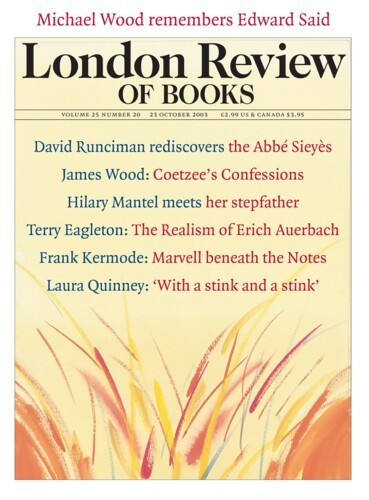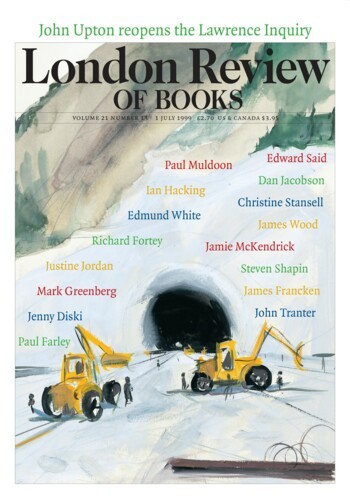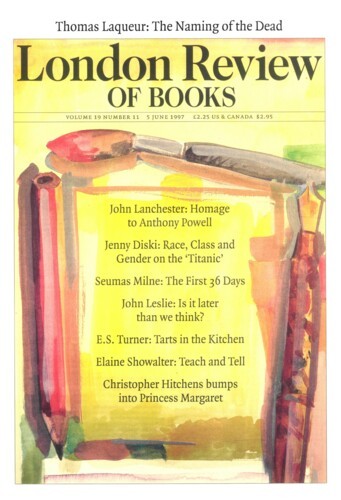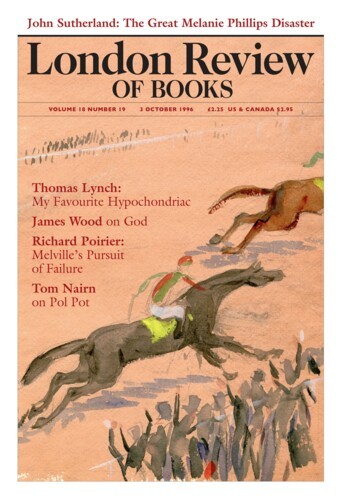Like many people who came to New York City in the high-flying years of the early 20th century, Kenneth Burke approached the city as a work of art. ‘I cannot express it, it is too sweeping,’ he rhapsodised to a friend, exiled at Harvard, shortly after his arrival from Pittsburgh in 1917. He marvelled at the skies: ‘Oh, oh! if I ever can express those things with words.’ Such pleasure had only recently become available. Twenty, even ten years earlier, the city still appeared both to residents and tourists a grubby, dingy place, the towering verticals and endless horizontals of the grid plan emblems of a new age cross-hatched with ugliness and foreboding.
Kenneth Burke in Greenwich Village: Conversing with the Moderns, 1915-31 by Jack Selzer. Like many people who came to New York City in the high-flying years of the early 20th century, Kenneth Burke approached the city as a work of art. ‘I cannot express it, it is too...




